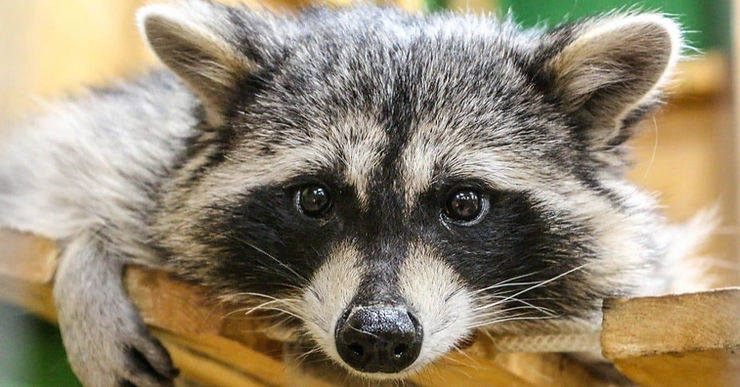By: Serena Xiao
Imagine traveling back in time 30 million years to a forest. You are behind some bushes and you can hear the leaves on a nearby tree rustling. Through the bushes you see a small creek. On the side of the creek, there is a raccoon eating mollusks. It’s not a raccoon – it’s a bear. The bear is using its teeth to get to the meat inside just like an otter would. You’ve seen an Eoarctos vorax.
In 1982, paleontologists found a 30 million-year-old fossil of a bear that looked like a raccoon. This male bear lived near a river in present-day North Dakota. The bear’s skeletons gave scientists an idea about what early carnivores lived like. “It’s a fabulous specimen that is just exquisitely preserved,” said Xiaoming Wang, a vertebrate paleontologist at the Natural History Museum of Los Angeles County. After comparing this animal with other animals, Dr. Wang and his team positioned the creature early in the evolution of carnivorous mammals. Dr. Wang’s team named it the Eoarctos vorax. “Eoarctos” combines Greek words for dawn and bear. “Vorax” means voracious.
The animal was about two feet long, with sharper claws than most mammals and flat feet. Dr. Wang says this means that the Eoarctos vorax was good at climbing and could walk very far distances. A dental exam revealed that the Eoarctos vorax had been eating very hard objects, since the teeth on the right side of his mouth were damaged. Before it healed, the animal had already damaged the left side of his mouth as well. Dr. Wang concluded that the Eoractos vorax must have been eating mollusks the same way otters eat them now. However, the Eoarctos vorax’s teeth were not made to eat hard objects, and therefore the animal’s teeth were badly damaged. This caused the animal’s death and extinction. “But for all of his suffering, he certainly made a huge contribution to science,” Dr. Wang said.











